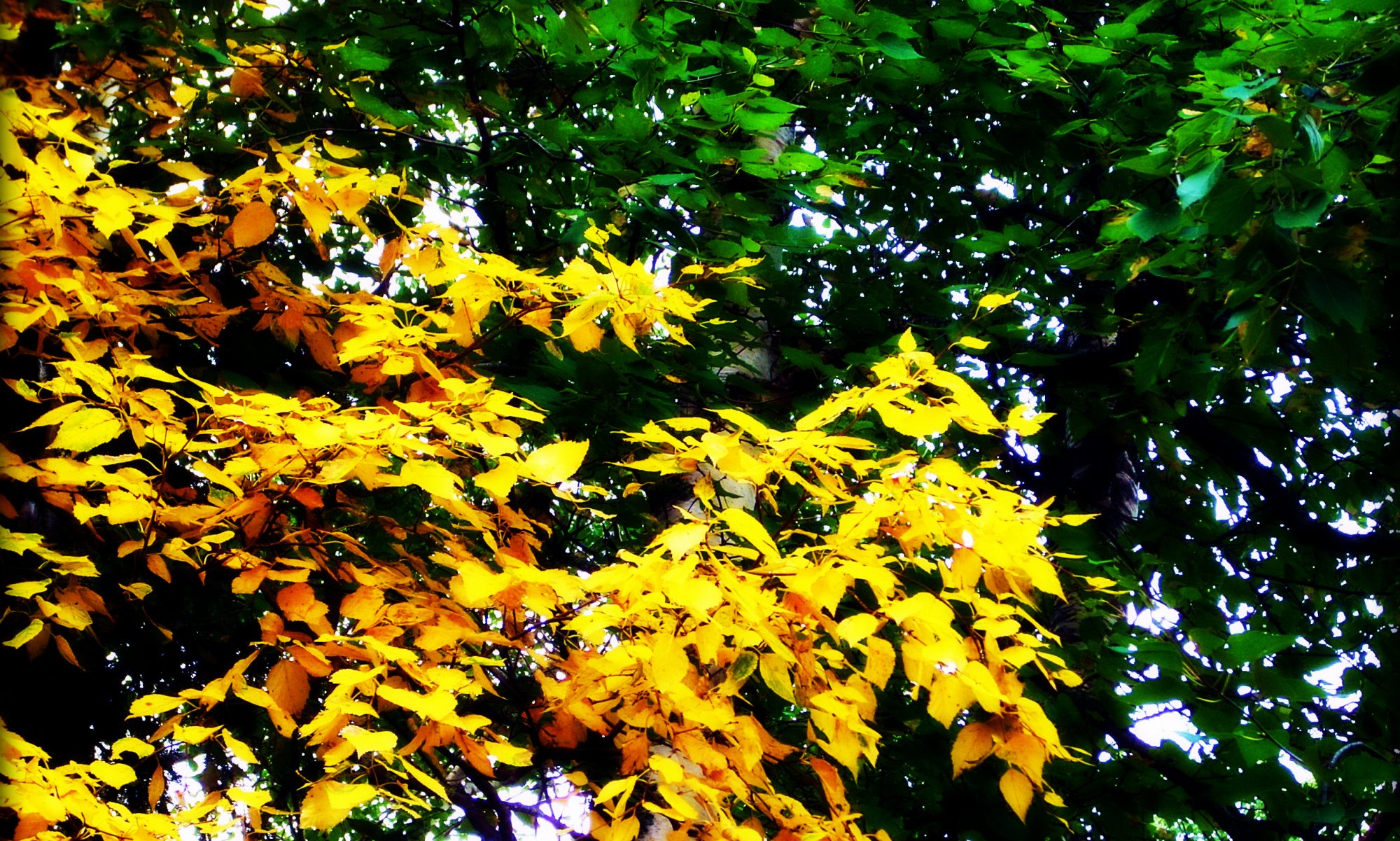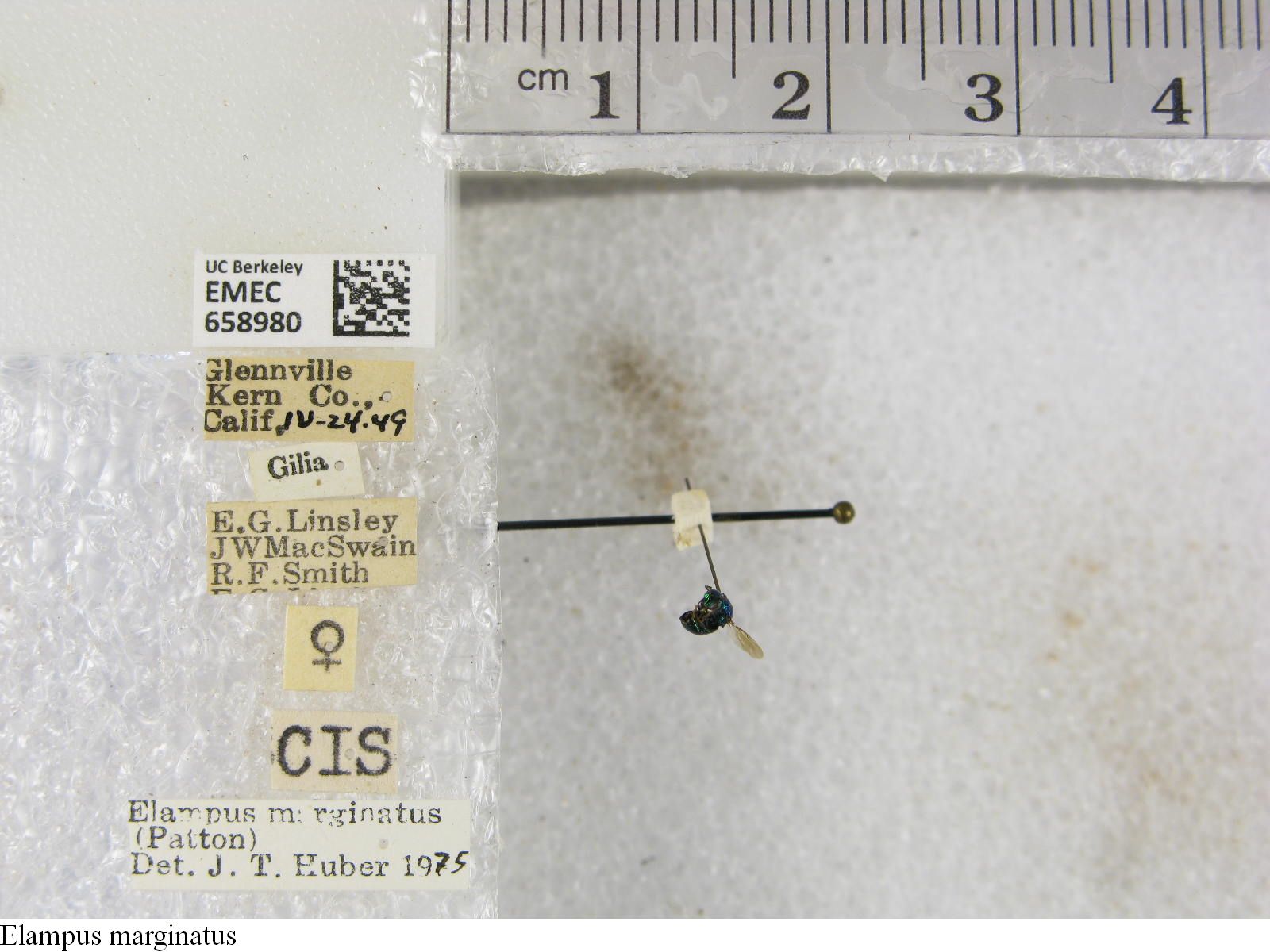If you’re at all interested in the natural world and how we record it and learn about it, be sure to read a recent great post from Chris Buddle entitled “Labels tell stories: natural history and ecology from dead spiders in vials.”
Chris’ big question, about helping to digitize the spider collection at the Canadian National Collection of Insects, Arachnids and Nematodes is this:
(W)ould YOU help database if you could go on-line and see these kinds of images? Does it grab your attention? Even if 20-30 people agreed to database 75 or so specimens, each, the Salticidae would be done! (and, of course, someone would have to take images, and edit them beforehand).
My answer is a resounding “yes!”
In his post, Chris mentions Notes from Nature, where you can transcribe information from insect, plant and (soon) bird specimens. I’ve been having fun with that work for awhile now, and I have had some fun with labels as well.
So, to back up Chris’ contention that there are interesting stories to be found on labels, how about this label that I transcribed a few weeks ago as a start…
What’s the story here that I thought was interesting? Well, you can see on the bottom label that the determination was done in 1975 (26 years after initial collection) by John T. Huber. John is a noted entomologist with the Canadian Forest service, some of whose work was recently in the news with the discovery of a tiny, tiny, tiny insect. John identified this little cuckoo wasp in 1975 and I did the much easier task of transcribing the label in 2013. So two currently active Canadian entomologist Hubers have pored over this Elampus marginatus specimen separated in time by 38 years.
So, again, yes, I would be very interested in working on Canadian specimens as well, because I like stories.

